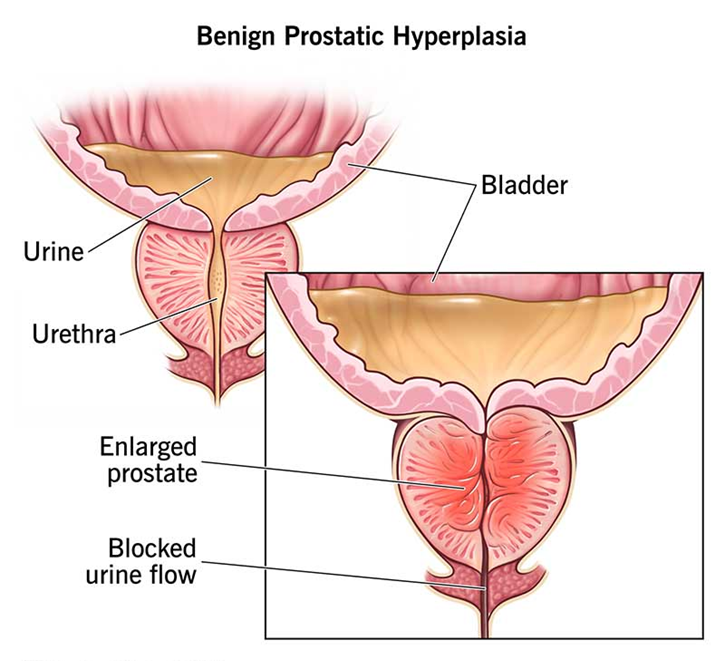A nurse at an ophthalmology clinic is providing teaching to a client who has open-angle glaucoma and a new treatment regimen of timolol and pilocarpine eye drops. Which of the following instructions should the nurse provide?
Administer the medications 5 minutes apart.
Hold pressure on the conjunctival sac for 2 minutes following application of drops.
It is not necessary to remove contact lenses before administering medications.
Administer the medications by touching the tip of the dropper to the sclera of the eye.
The Correct Answer is A
Choice A: Administer the Medications 5 Minutes Apart
Administering the medications 5 minutes apart is crucial when using multiple eye drops. This practice ensures that each medication has enough time to be absorbed without being washed out by the subsequent drop. This is particularly important for medications like timolol and pilocarpine, which are used to manage intraocular pressure in glaucoma.
Choice B: Hold Pressure on the Conjunctival Sac for 2 Minutes Following Application of Drops
Holding pressure on the conjunctival sac (punctal occlusion) for 2 minutes after applying eye drops can help reduce systemic absorption and increase the local effect of the medication. However, this instruction is not as critical as the timing between administering different eye drops.
Choice C: It Is Not Necessary to Remove Contact Lenses Before Administering Medications
This statement is incorrect. Contact lenses should be removed before administering eye drops to prevent contamination and ensure proper absorption of the medication. The lenses can be reinserted after a sufficient amount of time has passed, usually around 15 minutes.
Choice D: Administer the Medications by Touching the Tip of the Dropper to the Sclera of the Eye
This statement is incorrect. The tip of the dropper should never touch the eye or any other surface to avoid contamination. The correct method is to hold the dropper above the eye and squeeze out the prescribed number of drops into the conjunctival sac.
Free Nursing Test Bank
- Free Pharmacology Quiz 1
- Free Medical-Surgical Quiz 2
- Free Fundamentals Quiz 3
- Free Maternal-Newborn Quiz 4
- Free Anatomy and Physiology Quiz 5
- Free Obstetrics and Pediatrics Quiz 6
- Free Fluid and Electrolytes Quiz 7
- Free Community Health Quiz 8
- Free Promoting Health across the Lifespan Quiz 9
- Free Multidimensional Care Quiz 10
View Related questions
Correct Answer is D
Explanation
Choice A: Painful urination
Painful urination, or dysuria, is not a typical symptom of benign prostatic hyperplasia (BPH). BPH primarily affects the flow of urine due to the enlargement of the prostate gland, which can obstruct the urethra. While BPH can cause discomfort, it does not usually result in painful urination. Painful urination is more commonly associated with urinary tract infections (UTIs) or other conditions affecting the urinary tract.
Choice B: Urge incontinence
Urge incontinence, characterized by a sudden and intense urge to urinate followed by involuntary loss of urine, can occur in some cases of BPH but is not the most common symptom. BPH typically causes symptoms related to urinary obstruction, such as difficulty starting urination, weak urine stream, and incomplete bladder emptying. Urge incontinence may develop if the bladder becomes overactive due to the obstruction, but it is not a primary symptom.
Choice C: Critically elevated prostate-specific antigen (PSA) level
While an elevated prostate-specific antigen (PSA) level can be associated with BPH, it is not a definitive finding. PSA levels can be elevated due to various conditions, including prostate cancer, prostatitis, and BPH. However, a critically elevated PSA level is more concerning for prostate cancer rather than BPH. Therefore, while PSA testing is useful in the evaluation of prostate conditions, it is not specific to BPH.
Choice D: Difficulty starting the flow of urine
Difficulty starting the flow of urine, also known as hesitancy, is a hallmark symptom of BPH. The enlarged prostate gland can compress the urethra, making it difficult for urine to pass through. This can lead to a weak urine stream, straining to urinate, and a feeling of incomplete bladder emptying. These symptoms are collectively known as lower urinary tract symptoms (LUTS) and are commonly associated with BPH.

Correct Answer is B
Explanation
Choice A reason: Draw sheet:
A draw sheet can be used to assist in repositioning a patient, but it is not the most effective method for turning a client who has undergone spinal fusion. The primary concern is to maintain spinal alignment, which is best achieved through the log roll technique.
Choice B reason: Log roll:
The log roll technique is the preferred method for turning patients who have had spinal surgery. This technique involves moving the patient as a single unit, keeping the spine in alignment to prevent any twisting or bending that could disrupt the surgical site. It is especially important for obese patients to ensure that the spine remains stable during movement.
Choice C reason: Sliding board:
A sliding board is typically used to assist with transfers from one surface to another, such as from a bed to a wheelchair. It is not suitable for turning a patient in bed, particularly one who has had spinal surgery.
Choice D reason: Hoyer lift:
A Hoyer lift is a mechanical device used to lift and transfer patients who are unable to move themselves. While it can be useful for transferring patients, it is not designed for turning patients in bed and does not provide the necessary support to maintain spinal alignment during a turn.
